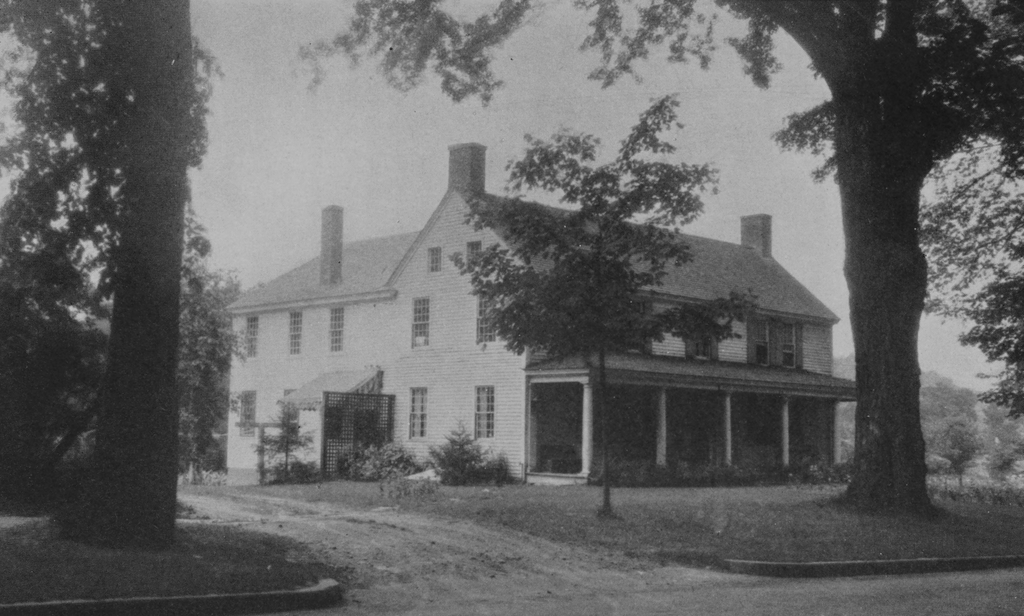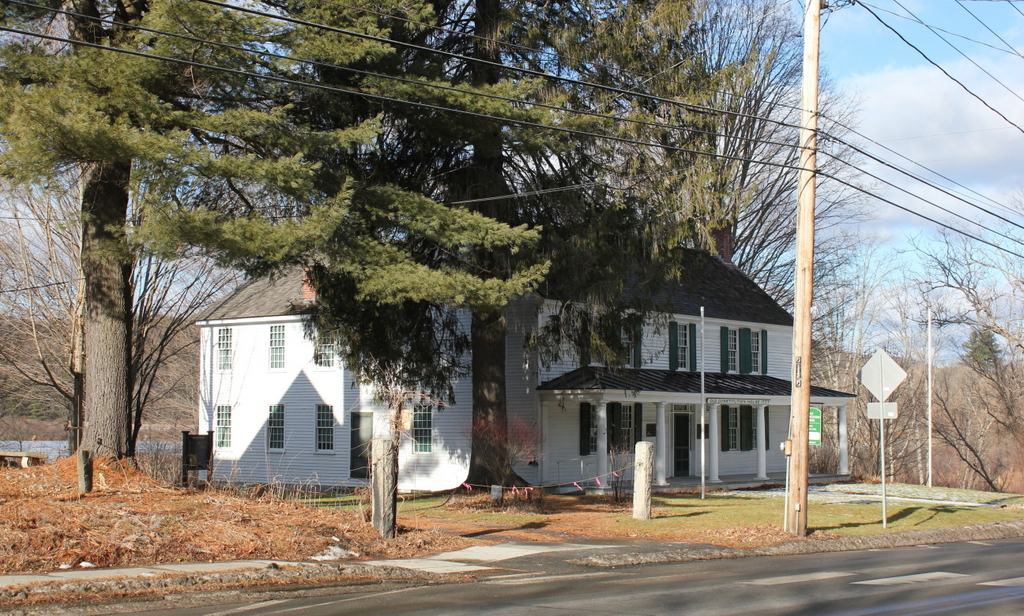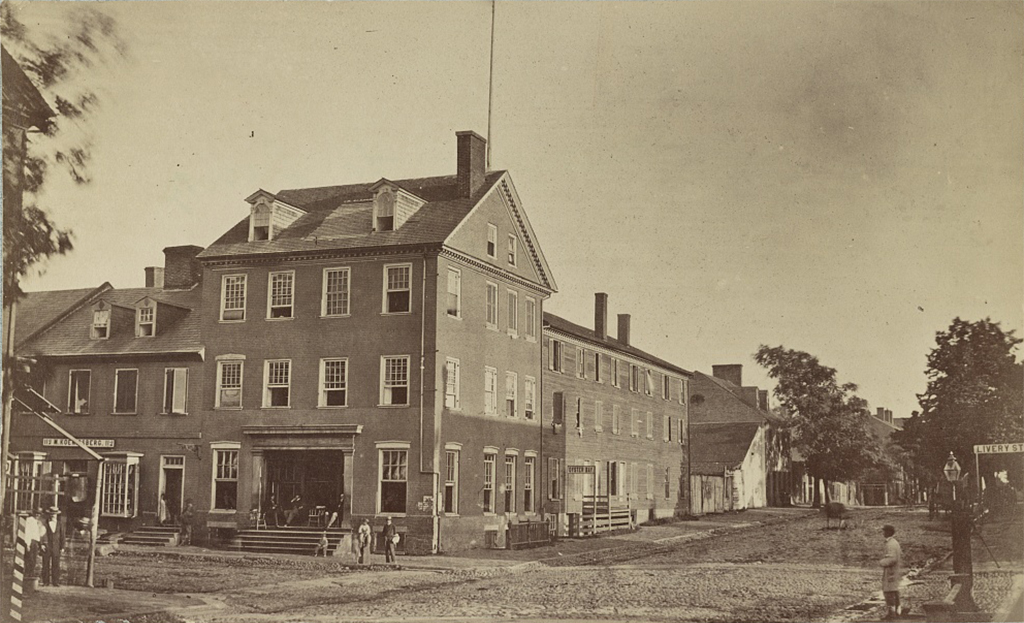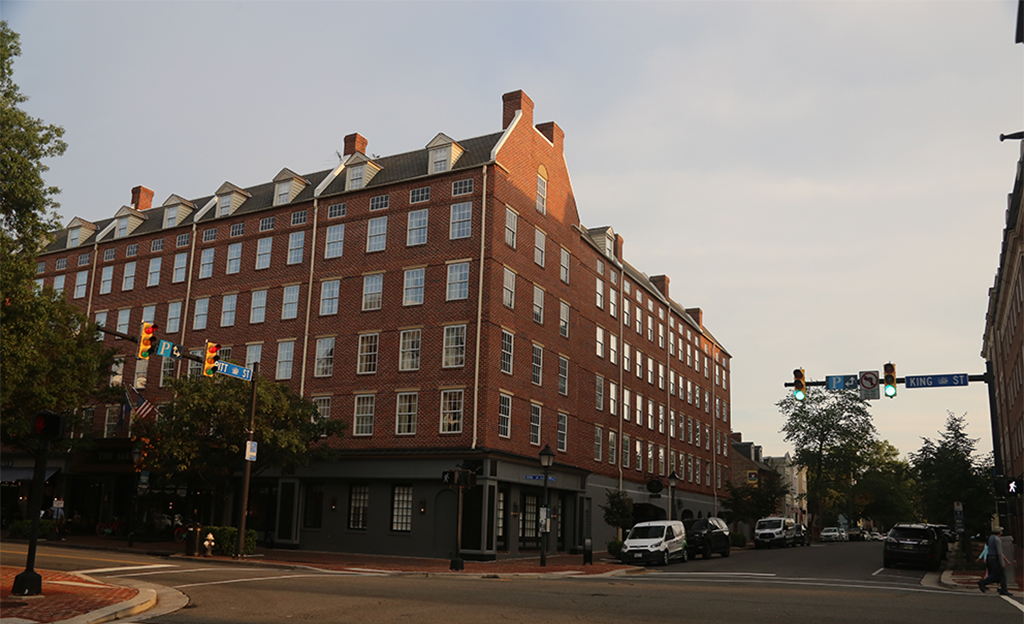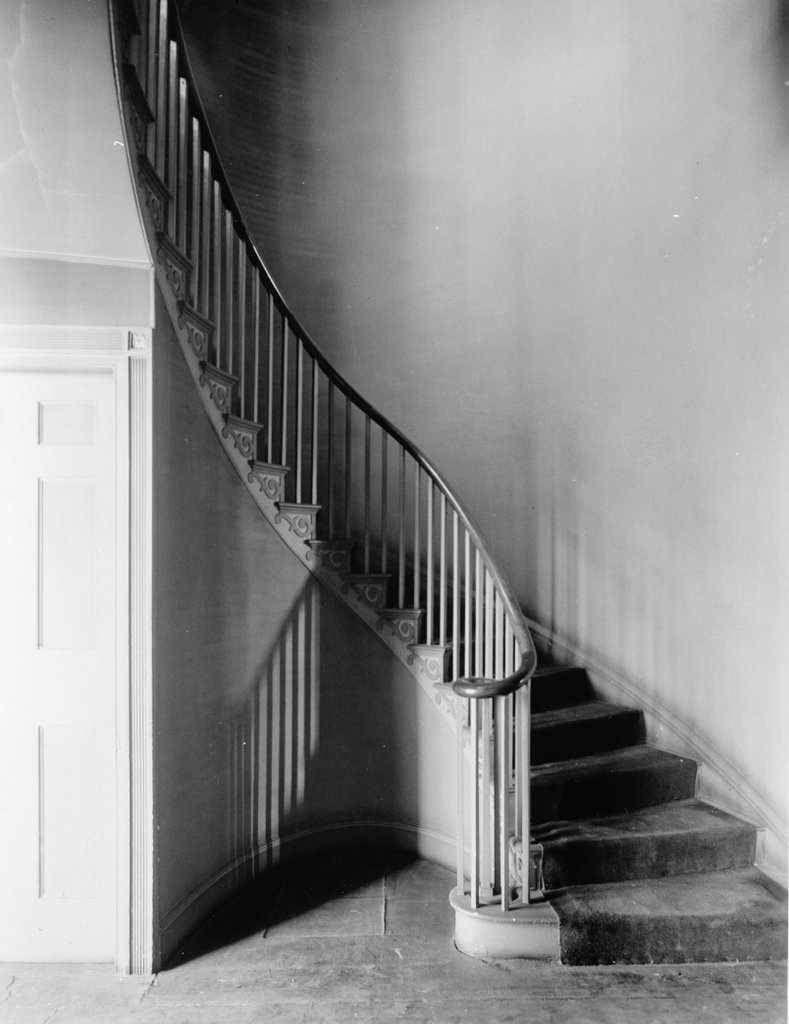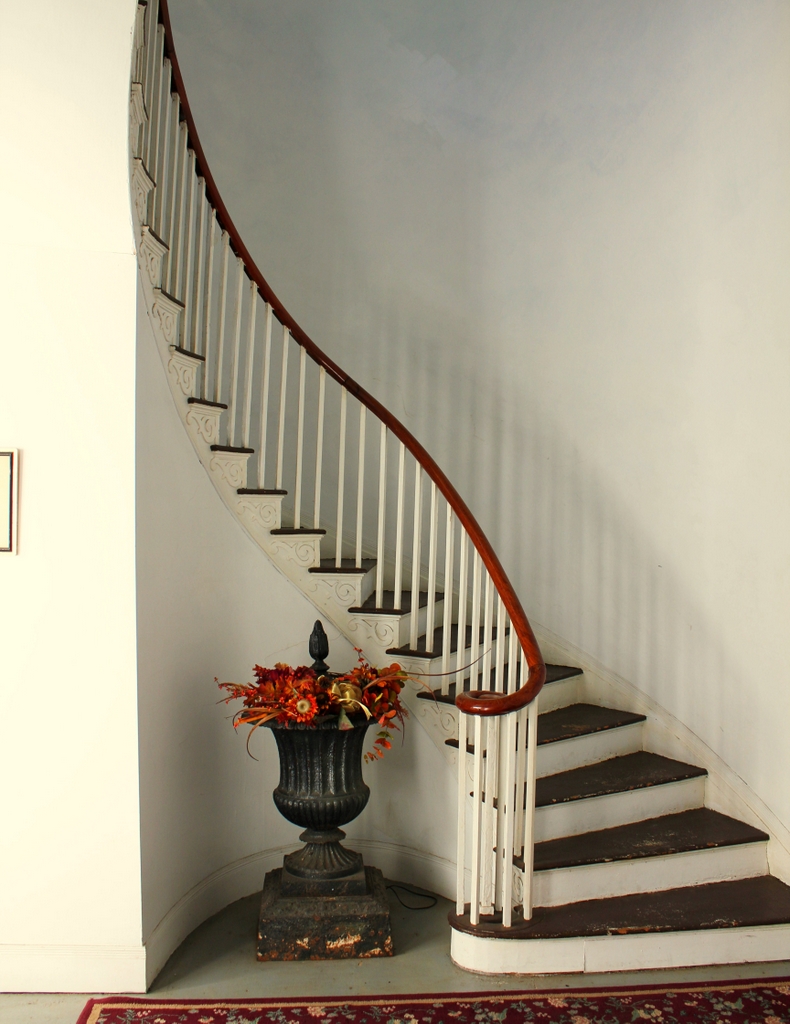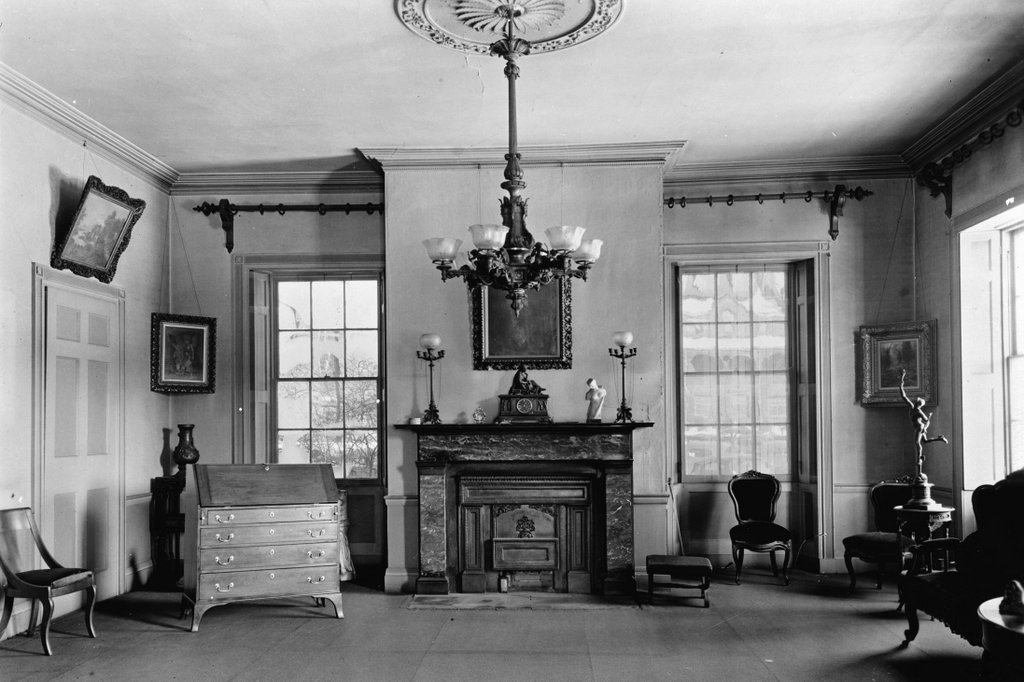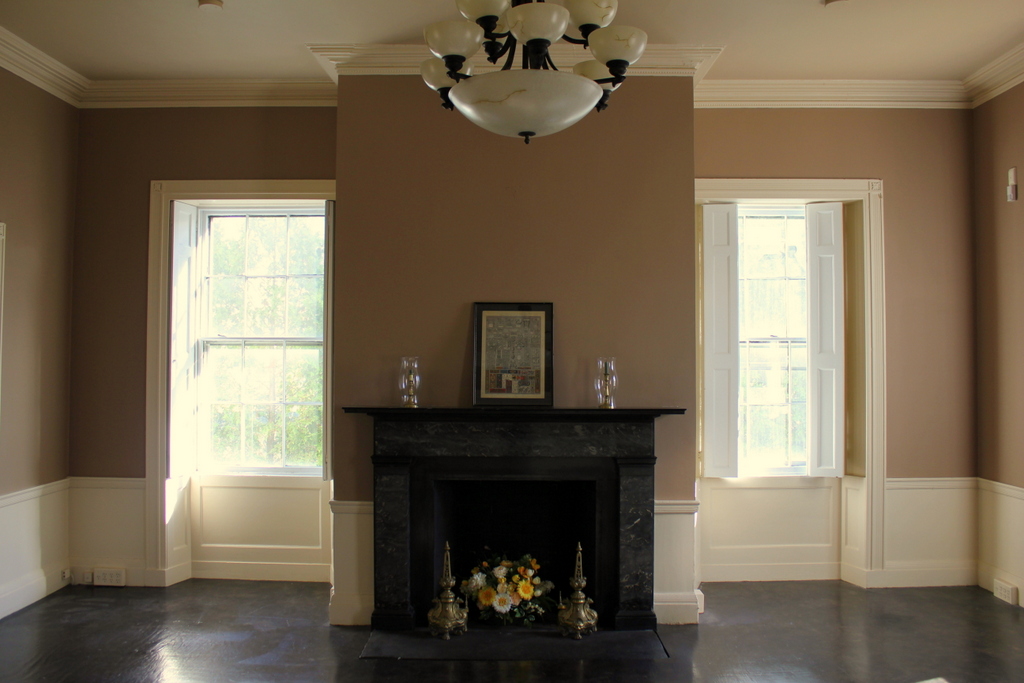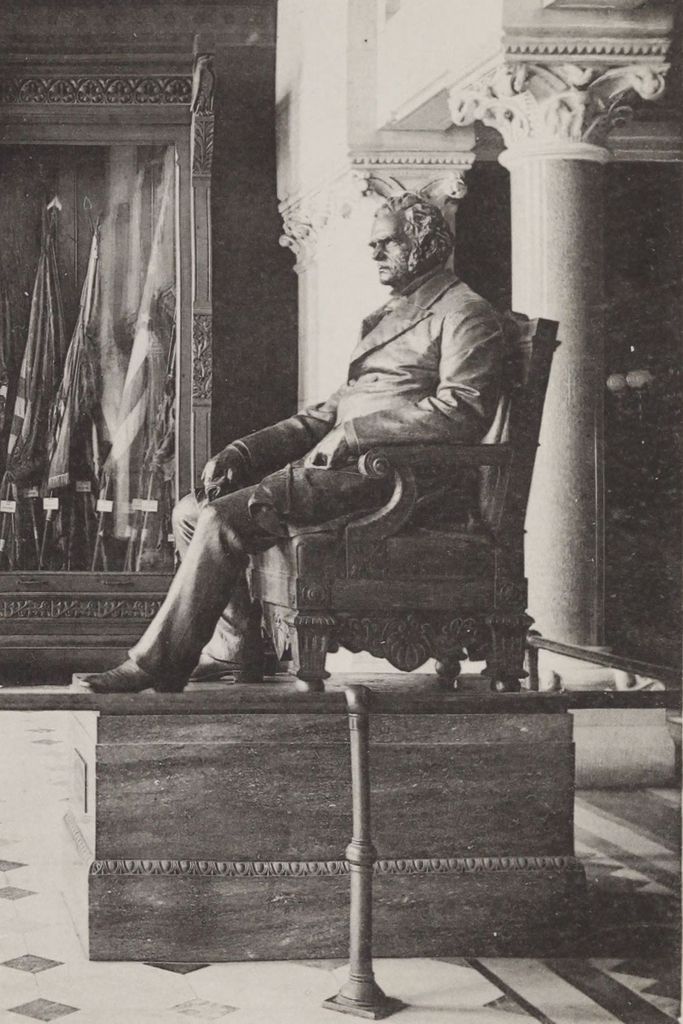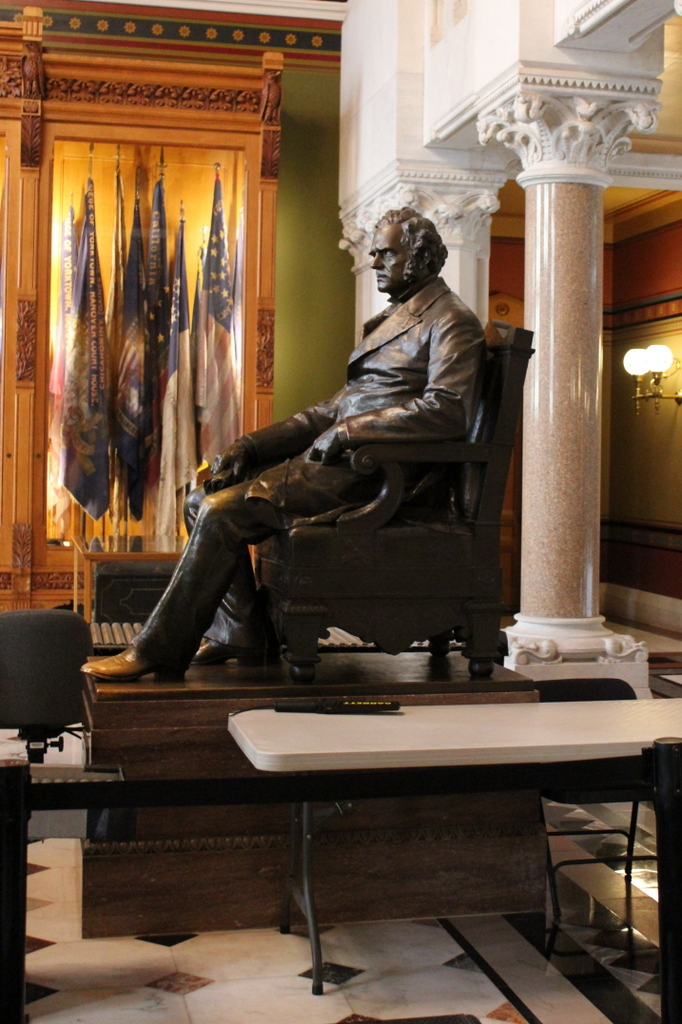The home of Augustus Saint-Gaudens in Cornish, around 1885. Image from The Reminiscences of Augustus Saint-Gaudens, Volume 1 (1913).
The scene in 2019:
Augustus Saint-Gaudens was one of the most prominent sculptors in American history, with a body of work that includes many important public monuments, along with the designs for several United States coins. Born in Ireland to an Irish mother and French father, Saint-Gaudens came to America in 1848 when he was six months old, and he subsequently grew up in New York City. Then, in the late 1860s he studied at the École des Beaux-Arts in Paris, and by the mid-1870s he had established himself as a successful sculptor.
It was a good time to be a sculptor in the United States at the time, given the large number of Civil War monuments that were being built around the country. Many of Saint-Gaudens’s most celebrated works were created in honor of Union heroes from the war, including statues of David G. Farragut, John A. Logan, Robert Gould Shaw and the 54th Massachusetts Regiment, William T. Sherman, and Abraham Lincoln. In addition to these statues, his other major works included Diana for Madison Square Garden, The Puritan in Springfield, Massachusetts, and the Adams Memorial in Washington, D.C. Near the end of his life, Saint-Gaudens was also commissioned to redesign American coinage, and he supplied designs for new $10 and $20 coins before his death in 1907.
In 1885, in the midst of his career, Saint-Gaudens came to Cornish for the summer, at the suggestion of his friend Charles Cotesworth Beaman. A prominent attorney, Beaman owned several farms in Cornish, including this property, which was known as Huggins’ Folly. Saint-Gaudens and his rented it for the summer, and the first photo was taken on the front lawn at some point during the summer. In the photo, Augustus Saint-Gaudens himself is kneeling in the lower right corner. Standing in the foreground is his wife Augusta, and further to the left is their son Homer, who would have been about five years old at the time. Just to the left of Homer is Saint-Gaudens’s assistant Frederick William MacMonnies, and furthest to the left is his younger brother Louis Saint-Gaudens. Both of these men would become accomplished sculptors in their own right, and MacMonnies also had a successful career as a painter.
The Saint-Gaudens family would return here to Cornish for subsequent summers, and in 1891 he purchased the property from Beaman for $2,500 plus a bronze bust. He renamed it Aspet, after his father’s birthplace in France, and over the years he made a number of improvements, including landscaping the grounds and constructing studios and other outbuildings. As part of the landscaping, a honey locust was planted just to the right of the front steps, probably around 1886. This tree is still here, and now towers over the house in the center of the 2019 photo. Saint-Gaudens also made alterations to the main house, some of which are visible in this scene, including piazzas on either side of the house, a dormer window above the front door, and stepped parapets to replace the earlier sloped ones.
Saint-Gaudens moved into this house year-round in 1900, and he lived here until his death in 1907. This period marked the heyday of the Cornish Art Colony, which flourished in large part because of Saint Gaudens’s influence. During this time, dozens of prominent artists and other public figures spent summers in Cornish and the surrounding towns. Even Woodrow Wilson spent time in Cornish during his presidency, leasing the home of novelist Winston Churchill. The importance of the art colony steadily diminished after Saint-Gaudens’s death, but the town would continue to see prominent residents over the course of the 20th century, including writer J. D. Salinger, who died in Cornish in 2010.
In the meantime, this property remained in the Saint-Gaudens family until 1921, when Augusta transferred it to the Augustus Saint-Gaudens Memorial, an organization that she had established two years earlier. It was designated as a National Historic Landmark in 1962, and then in 1964 it became the Saint-Gaudens National Historical Park, with the National Park Service acquiring the property a year later. It has remained open to the public ever since, and it features landscaped grounds and gardens, walking trails, several galleries, and one of Saint-Gaudens’s studio buildings. The main house, shown here in this scene, is also open for tours, and its appearance remains much the same as it did when Saint-Gaudens lived here more than a century ago.



